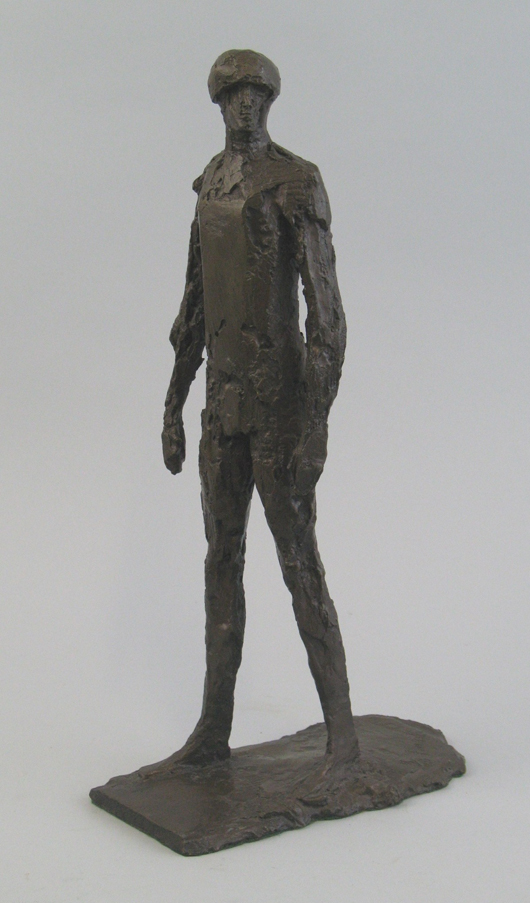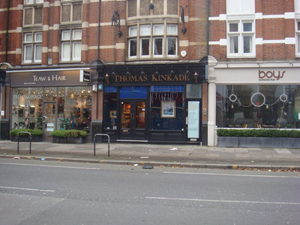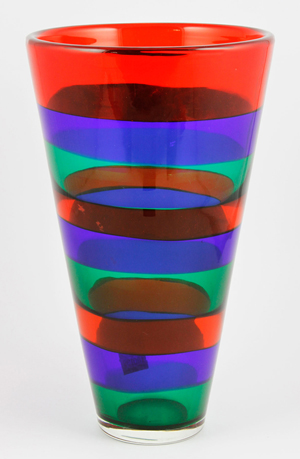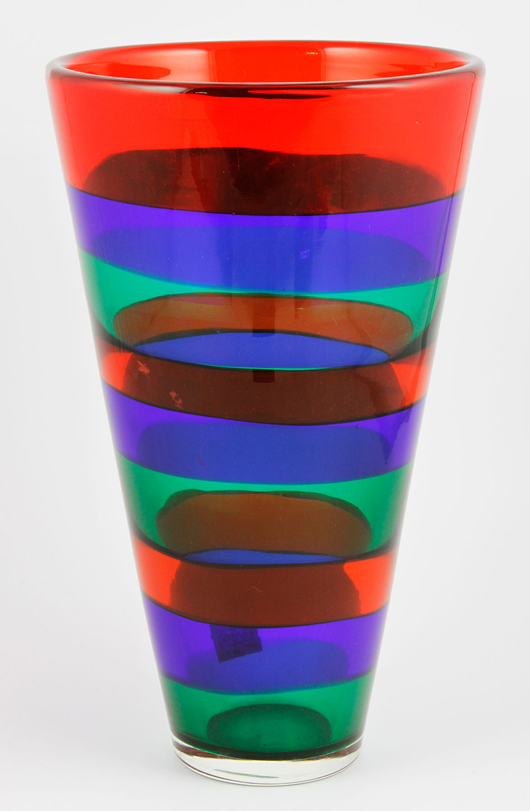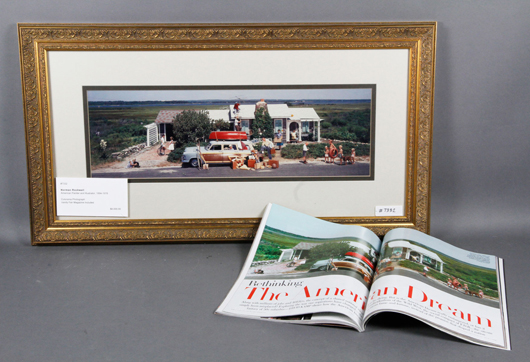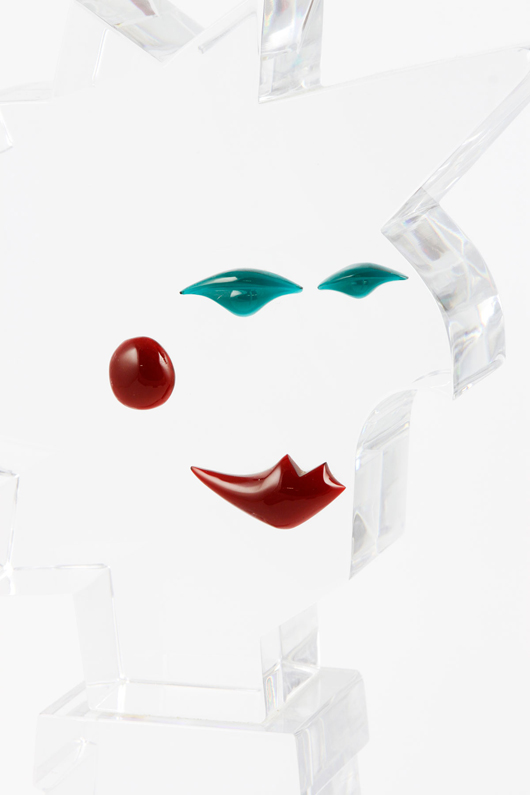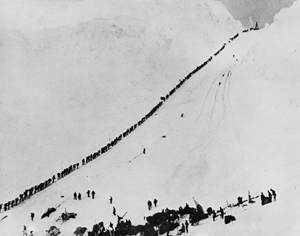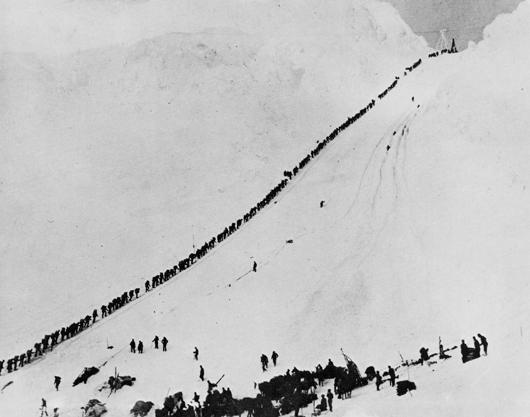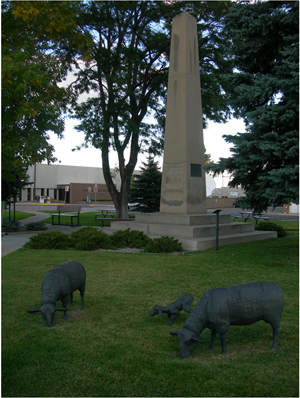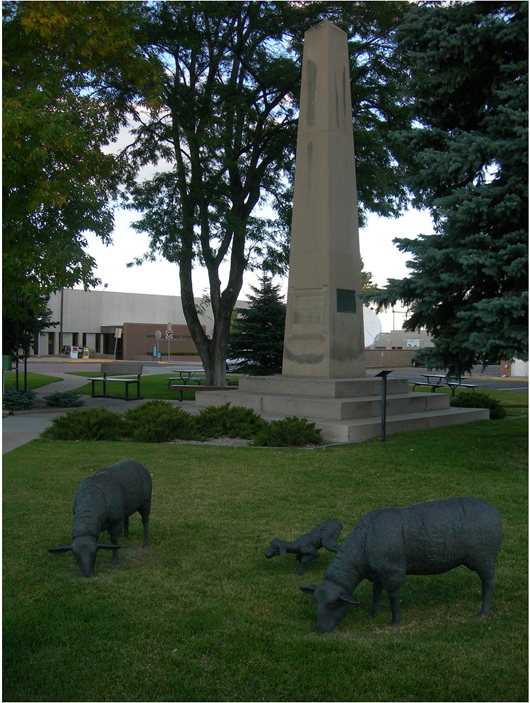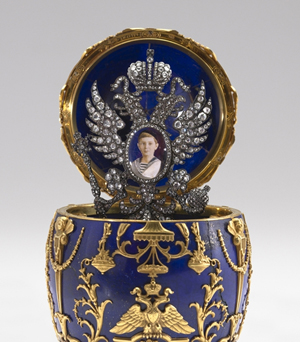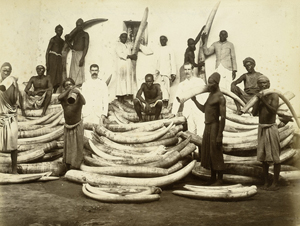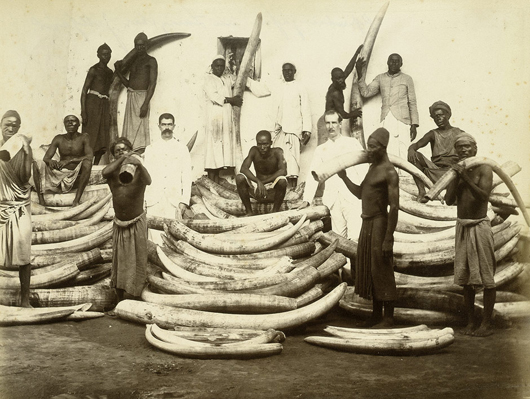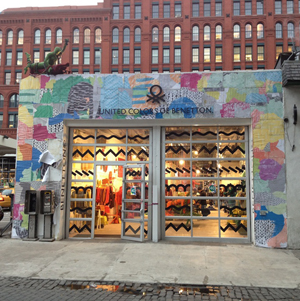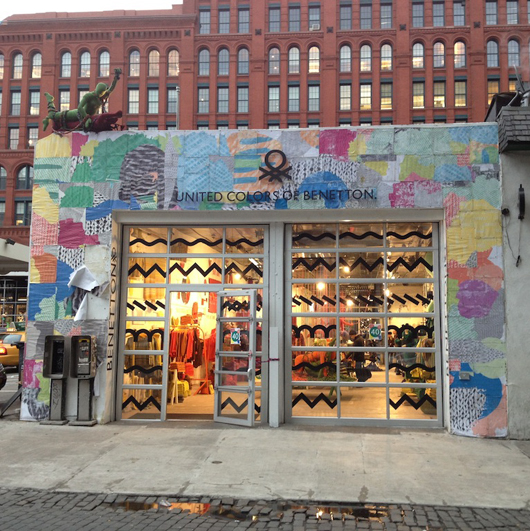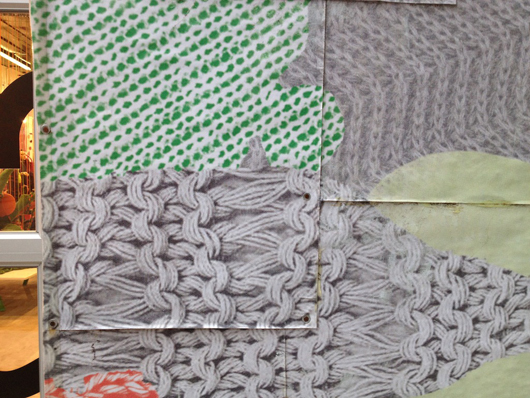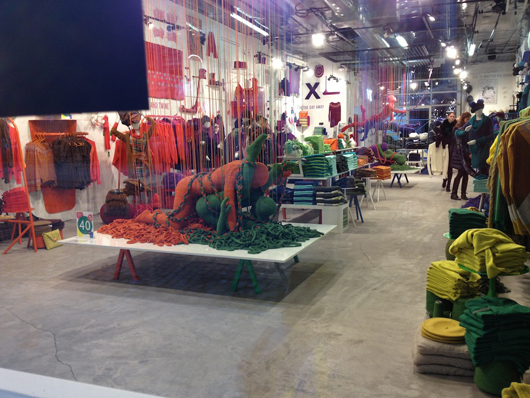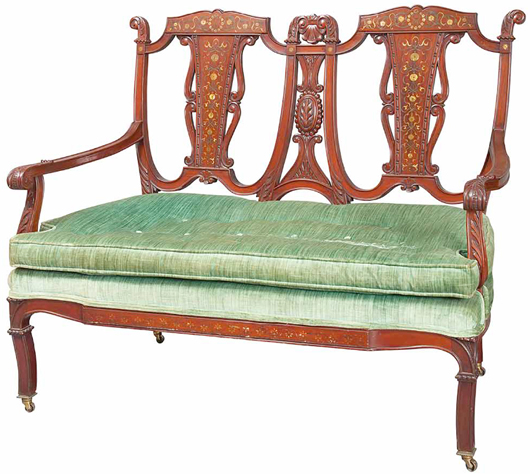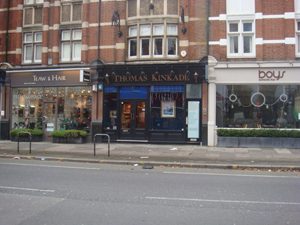
The genteel middle-class London suburb of Chiswick likes to think of itself as culturally sophisticated, boasting a noble artistic pedigree that stretches back into the 18th century and beyond. Chiswick House, by the 18th-century designers Lord Burlington and William Kent, is regarded as London’s finest surviving example of neo-Palladian architecture, while Chiswick graveyard’s more notable long-term residents include the daughter of Oliver Cromwell — and, legend has it, the head of the Lord Protector himself.
Whether it was the example of another former Chiswick resident, the 18th-century painter and prolific printmaker William Hogarth, that inspired the late American landscape artist Thomas Kinkade (1958-2012) to choose Chiswick as the location of his only London gallery, remains a mystery. While a bronze statue of Hogarth looks benevolently down on shoppers on the Chiswick High Road, a hundred yards away the gallery of Thomas Kinkade — the self-styled “Painter of Light” — has remained open since Kinkade’s death from an overdose of valium and alcohol in April this year.
This week it was reported that the artist’s $66 million estate has finally been settled, thereby bringing to an end a torrid public battle between the painter’s widow and his girlfriend for control of the estate.
“I didn’t even know the estate had been settled,” said the Chiswick gallery’s representative when Auction Central News visited earlier today. “They have been squabbling over money for so long.” The gallery continues to do brisk business among overseas visitors charmed by the limited-edition chocolate box prints hand-finished by the late artist’s assistants. “They found hundreds of other works in his studio that have never been editioned,” said the gallery assistant, “so there is still a lot of capacity left in the Kinkade brand.”
Elsewhere in the UK art calendar, the new year is often a busy time as the trade hopes to hit the ground running. The National Fine Art & Antiques Fair at the National Exhibition Centre in Birmingham has traditionally offered an early indicator of how the year might pan out. Thus it was less than encouraging to hear that this year’s event had been canceled due to what the organizers, Clarion Events, described as “insufficient commitment” from the trade. “This has been a very difficult decision, but we believe our reputation for delivering an impressive variety of antiques and fine art would be compromised and ultimately the visitor and exhibitor experience would be adversely affected,” said fair director Tiffany Pritchard.
Whether this cancellation will have a positive effect on another significant new year fair — the Luxury Antiques Weekend at the Mere Golf Resort & Spa in Knutsford, Cheshire, from Jan. 25 to 27, remains to be seen. It is possible that the dealers slated to appear at the canceled NEC Fair were unable to find stock of sufficient quality to justify the journey to Birmingham. That seems not to the be the case with those dealers booked to appear in Cheshire. Elford Fine Art of Tavistock, Devon, is making the long trip north from the West Country to show, among other items, a fine oil on canvas entitled The Red Hat by Charles A. Buchel,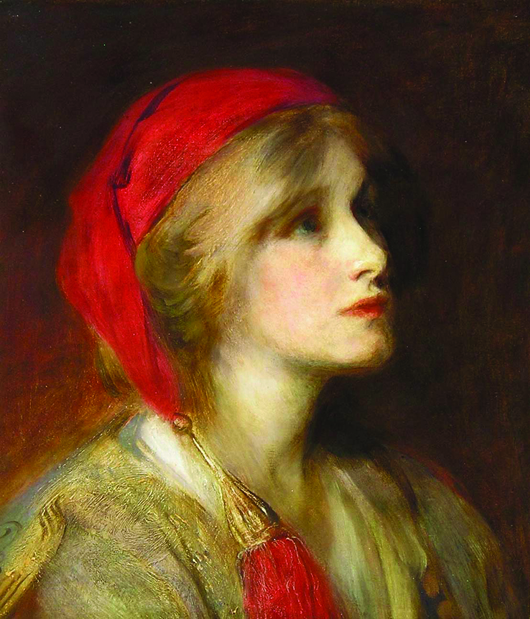
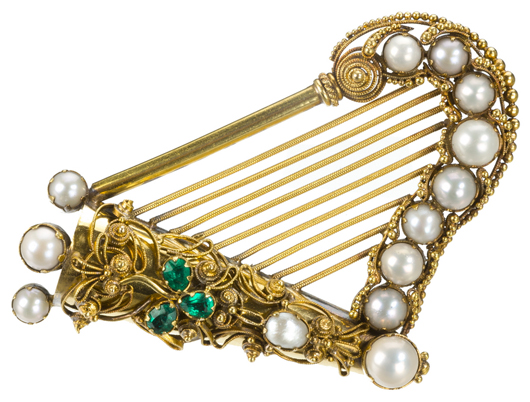

Not everything in the forthcoming fairs diary conforms to the traditional and occasionally rather staid fine art and antiques template, as can be seen by an interesting image of the Rolling Stones which is due to be shown at the Watercolours and Works on Paper Fair at the Science Museum, South Kensington from Jan. 31 to Feb. 3.
The Rolling Stones are hardly under-represented in the annals of contemporary art history. As well as the numerous memorable photographs of the band, what will probably linger longest in the archive is the image of a handcuffed Mick Jagger in the back of a cab alongside the notorious junkie art dealer Robert “Groovy Bob” Fraser in Richard Hamilton’s famous Swingeing London painting of 1968-69 (Tate Britain). The pair had just been arrested following a drugs bust at the house of Stones guitarist Keith Richards. Richards and Jagger were acquitted on appeal; “Groovy Bob” was sentenced to six months hard labor.
The recent Rolling Stones tour has again reinvigorated media interest in the band and this can surely only add commercial luster to the rare 1965 drawing of the Stones by David Oxtoby, titled Stone, Stone, Stone + 1, which will be offered at the Watercolour and Works on Paper Fair priced at £1,400 ($2,260).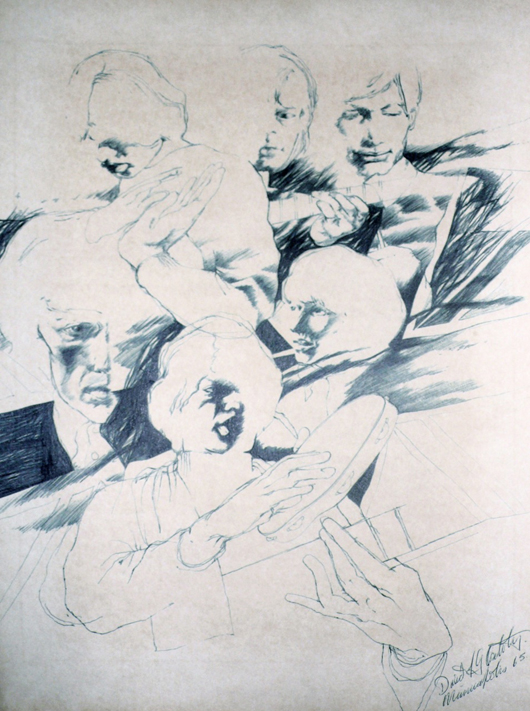
On a more traditional note, the ever-reliable Fleming Collection at 13 Berkeley St., London W1 — the spiritual home of Scottish art in London — is about to stage an exhibition to mark the 80th birthday of James Morrison, one of Scotland’s most respected landscape artists. The retrospective, titled “Land and Landscape,” will range from 1950s paintings of the artist’s home city of Glasgow, to more recent images inspired by rural and coastal Scotland and journeys overseas. Morrison’s patrons include the Royal Family and Harry Potter creator J.K. Rowling, as well as museums and corporate and private collections. The images shown here — the oil on canvas view of a terrace of grimy Glasgow brownstones titled Crown Terrace (1957),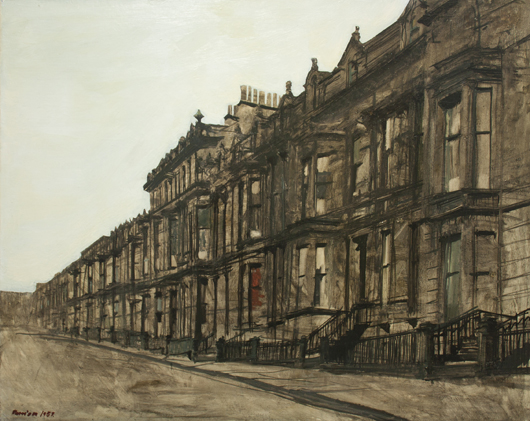
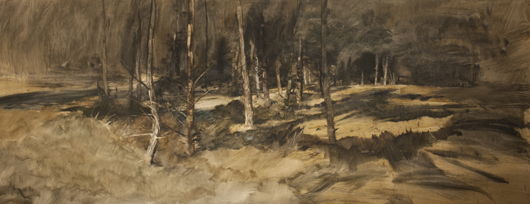
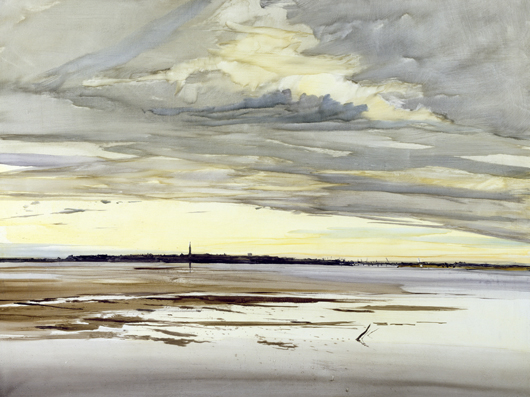
While the Fleming Collection is celebrating the Caledonian tradition of landscape painting, the Royal Academy is genuflecting toward the English legacy of landscape masters in an exhibition titled “Constable, Gainsborough, Turner,” which includes numerous familiar images, including Constable’s famous The Leaping Horse of 1825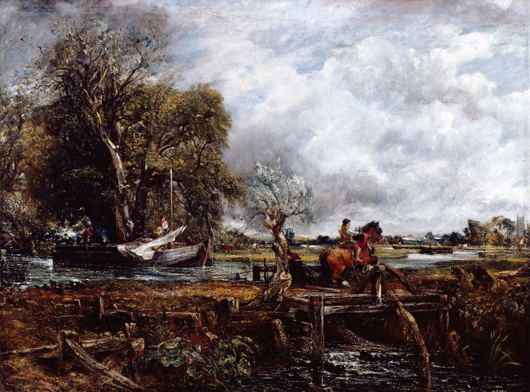
Finally, a brief mention for one of the more significant hammer prices registered outside London over the past few weeks: Yorkshire auctioneers Dee Atkinson and Harrison had a marvelous small bronze by the late British sculptor Dame Elisabeth Frink (1930-1993) at their Nov. 30 sale. Man Standing, 13 3/4 inches high, numbered 8 from an edition of 8, had been estimated at £14,000-£16,000 but eventually coaxed a winning bid of £22,500 to top the sale.
With many of the UK’s towns, villages and interconnecting roads still partly submerged thanks to several weeks of interminable rain, the ever-peripatetic trade will be praying for an end to the floods so that the seasonal fair-going and auction-attending can continue uninterrupted.
